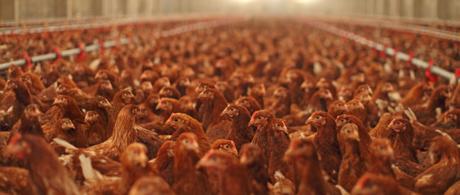
UK poultry incineration
In the UK, there is a lot more that can be done to make incineration a more accepted method of waste management. The public are often reluctant to accept incineration as an ideal method of waste disposal. This is because they are unaware of the benefits of incineration, particularly when it comes for farm waste.
How a no-deal Brexit can impact the poultry industry.
Earlier in 2019, poultry production farms across the UK and Ireland were warned they must make plans for the safe disposal of animal waste from their premises. Something which could face export restrictions if a no-deal Brexit were to be passed.

Up until now, poultry waste has been disposed of in various ways, including exporting it for land spreading in the Republic of Ireland. However, under a no-deal Brexit, EU rules mean that the untreated waste could not be exported.
Read more about the impacts of Brexit on poultry waste disposal.
Poultry Waste Incineration in America
Internationally, incineration has been long-known as an effective tool for the management of poultry waste. This is particularly true for the USA. For example, North Carolina has mandated the use of incinerated poultry waste as a means of creating renewable energy. This is resulted the Department of Agriculture proposing for three poultry litter-fuelled power plants to be built across the state.
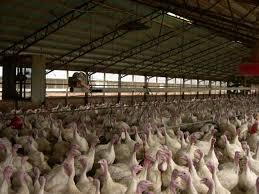
In Maryland, incineration is often used as a solution to control excess poultry litter. This includes manure, bedding, feathers and spilled feed. After incineration, it is used for energy, fertiliser and in some cases, chicken feed.
Read more about incineration in the USA.
Waste incineration in Asia
In places such as Asia and America, incineration is the most commonly used technology in waste management. Incineration can be used to avoid costly transport of refuse to landfill.
Japan was an early adopter of waste to energy technologies and continues to lead the way for other countries. in Japan they process around 70 percent of waste in WTE facilities.
Read more about how Asia and America are using incineration for waste management.
Why incinerate poultry?
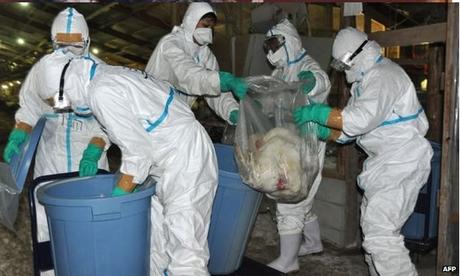
Unsafely disposing of poultry waste can have a huge impact on the food and drink we consume. If this animal waste is not incinerated, it poses the risk of contaminating water courses or soil. Additionally, we are running out of suitable land to dispose of it - a particular problem in Northern Ireland.
Incineration is also an ideal solution for those who wish to use their poultry waste as a fertiliser. Incinerating chicken waste converts it to just 3% bottom ash, usually rich in nutrients and vitamins, and therefore perfect for spreading.
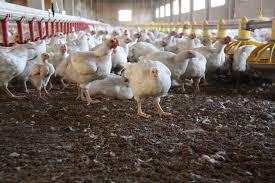
Most poultry incinerators are also perfect for smaller pig and sheep farms, and for managing butchery waste. This is ideal if you have various stock that produce a lot of waste.
Incineration is also ideal for disposing of other waste materials including bedding materials, poultry manure, wood shavings, animal food waste and litter material.
Inciner8's poultry waste products
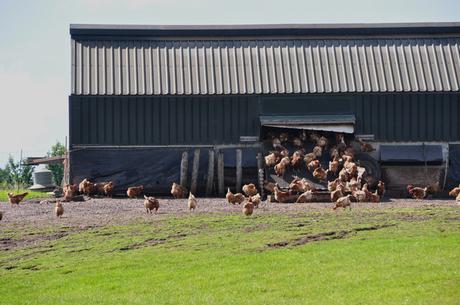
Inciner8 offer a wide range of DEFRA approved machines for fallen stock. Incineration is beneficial for the burning of chickens, turkeys, game, geese, hatcheries and more.
It is the most efficient and only recognised bio secure method of poultry waste disposal. Incineration of animal waste products reduces infection risk and offers total process control.
Choosing a poultry incinerator
The type of poultry incinerator you'll require will depend on the size of your stock and your current operations. We offer a full range of both small and large capacity machines.
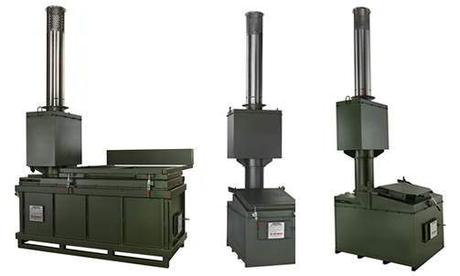
You should make sure that any incinerator you choose complies with all necessary regulations in your country and can handle the amount of waste you expect to generate. They'll need to meet environmental standards.
Most small incinerators have a burn rate of less than 50kg per hour and should be suitable for all broilers, hatcheries and free-range farm holdings. Larger models will offer a higher capacity, but may require additional permits to operate.
When working in the farming industry, it is vital that you stay within changing regulations regarding exports and the environmental guidelines. If you work on a poultry farm and would like advice on how you can adapt your current waste management processes, contact our team today.

